- Your School Type
- Solutions
- Resources
- Blog
- Events
- More
- Contact Us
- Book a Demo
- Get a Quote
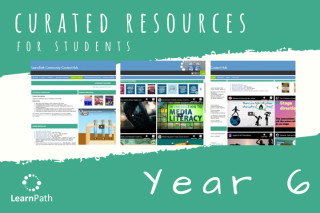
LearnPath comes with over 300 guides, produced by teacher librarians, and populated with curated resources that support the Australian curriculum.
These guides are freely available to all LearnPath users, to download, add to their system, build on, and customise.
In this blog, we explore what’s available for Year 6 students. All of these guides are populated with a range of resources, including engaging videos, activities, articles, websites, and teacher resources.
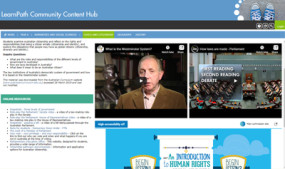
Students are provided with resources to help them to develop an understanding of government and democracy, laws, citizens and citizenship, diversity, and identity. Embedded videos explore the Westminster System, how laws are made, and Human Rights and Responsibilities.
Links to additional online resources include:
Resources include an exploration of South-East Asian countries including Indonesia, Brunei, Malaysia, Cambodia, Laos, Myanmar, the Philippines, Thailand, Singapore, and Vietnam. An interactive resource that looks at different standards of living at different levels of wealth is included.
Links are also provided to a world factbook, Google Earth and a handy tool that can be used to compare a wide range of demographical information, (for example average life expectancy, income, infant mortality rates, education and more!) across countries.
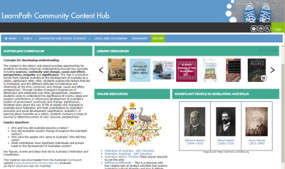
History resources include information about the Federation of Australia, an Australian history timeline, an exploration of Australia’s cultural diversity and migration, and the Commonwealth Coat of Arms.
Biographies have been provided for:
The English guide includes a video introducing 2014-2015 Australian Children’s Laureate, Jackie French and her passion for ‘sharing a story’, and a video that explores the value of learning English.
Sub-guides include Language, Literature, and Literacy.
The Language sub-guide includes resources for teaching:
The Literature sub-guide includes resources for teaching:
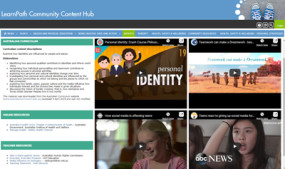
In this guide, students have access to resources that cover identity, puberty, and health, safety and wellbeing.
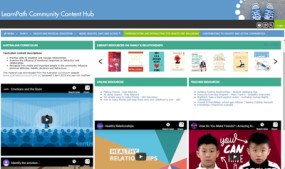
In this guide resources are provided that explore emotions, building healthy relationships, and making friends. Resources from Kids Helpline have been included.
In this guide resources are provided that explore preventative health and the benefits of physical activity as well as specific health issues such as asthma, diabetes, and acne.
In this guide resources are provided to explore how the growth and survival of living things are affected by their environment. Specific topics include animal migration, hibernation, bushfires, plant survival, and fossils.
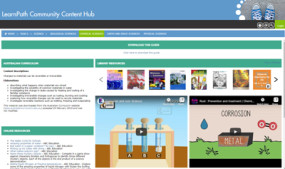
Chemical science resources explore changes to materials, for example, corrosion and rust, mixing materials, heating and cooling, changes of state, and recycling.
Earth and space sciences resources look at sudden geological changes and extreme weather events and how they can affect the earth’s surface. Specific topics include earthquakes, droughts, what makes the earth unique, how geology can uncover stories about earth changes over time, tectonic plates, tsunamis, cyclones, and predicting the weather.
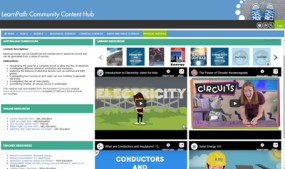
In this guide, electrical energy resources have been provided. Specific topics covered include electricity, circuits, conductors and insulators, and solar energy.
The Arts guide includes videos that explore Media Arts, and the value of learning The Arts. More specific resources have been provided that explore Dance, Drama, Media Arts, Music, and Visual Arts.
This guide provides resources that explore the elements of dance and how dance is used to communicate meaning, cultural dance, for example Aboriginal, Torres Strait Islander, Bhangra, and Balinese dance, as well as looking at Hip Hop and Ballet.
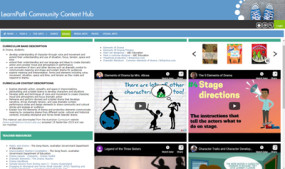
This guide provides resources that explore the elements of drama, set design, costumes, character traits and development, improvisation, mood, and Indigenous story telling through drama. Teachers have access to resources that provide sample lessons and drama games focused on character and improvisation.
Students are provided with a wide range of resources that look at music including musical texture, instruments of the orchestra, less common instruments, pitch and rhythm, music as a language, Indigenous music, music composition, beatbox, Italian music, Indian music, Beethoven and more!
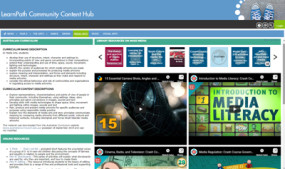
This guide provides resources that introduce students to media arts and media literacy. Some of the topics covered include camera choices, media regulation, a history of cinema, radio and television, storyboards, sound recording, editing, scripting, youth, culture and the media, media codes, ad campaigns, and video interviews.
This guide provides resources that explore the elements of Art – line, value, shape, colour, texture, space, and form. More specific topics, for example, Indigenous art, modern art, blending colours, painting tools, abstract art, textures, watercolours, creating art and meaning from waste, and Impressionism have also been provided.
To add these guides to your LearnPath system, find the relevant guide(s) in the LearnPath Community Content Hub then select download guide.
If you’re not sure how to access and add guides to your system, please contact support@softlinkint.com.
If you are not a LearnPath user and would like to know more about LearnPath and the LCCH (and discover more guides like this!) visit the resources below.
To speak to one of our Educational Consultants about implementing LearnPath at your school, contact sales@softlinkint.com.
Editor’s note: This post was originally published September 2019 and has been updated for freshness, relevance, and accuracy in August 2020.